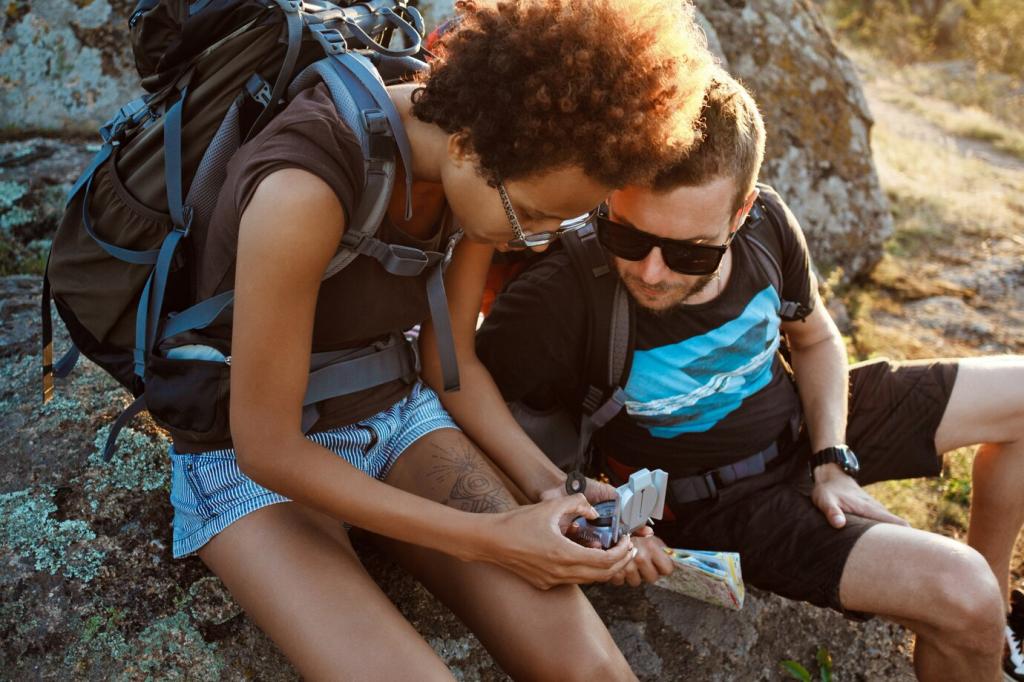Essential Gear for Seasonal Mountain Hikes
Chosen theme: Essential Gear for Seasonal Mountain Hikes. Step onto the trail in any month with confidence, clarity, and a pack that truly works for you. From thaw to snowfall, we’ll help you dial in the gear that keeps you safe, comfortable, and inspired. Subscribe for trail-tested checklists, and share your own must-carry items so our community grows wiser together.
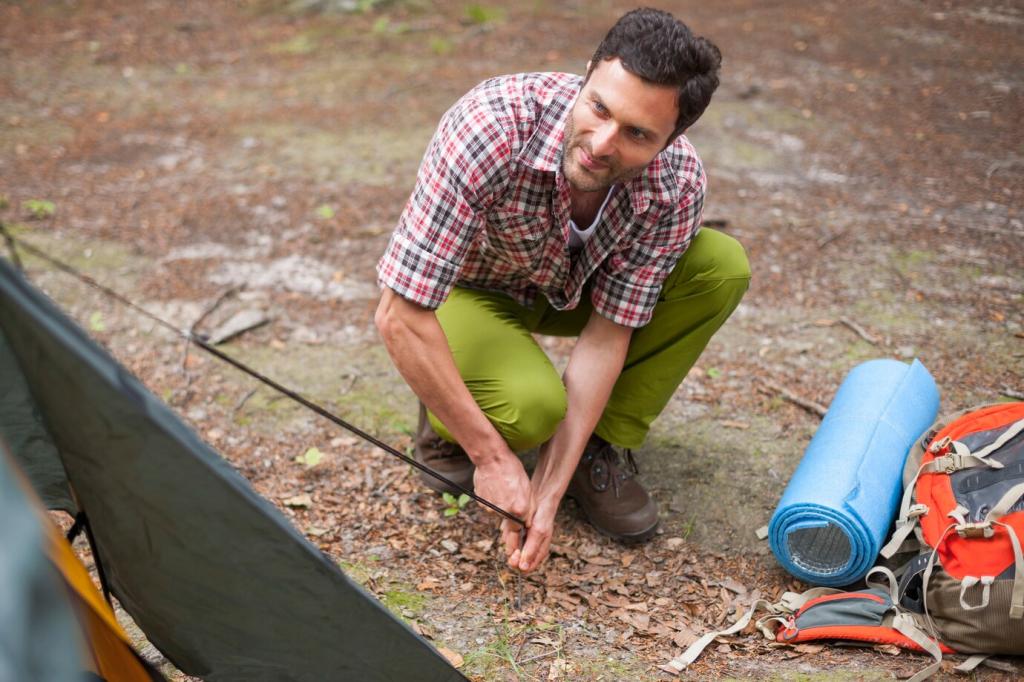
Layering Systems for Every Season
Choose merino or high-quality synthetics that move sweat away before it chills you. In shoulder seasons, long sleeves manage variable temps; in summer, ultralight short sleeves shine. Avoid cotton, which traps moisture and steals heat. What base layer saved your day on a fickle-weather hike?
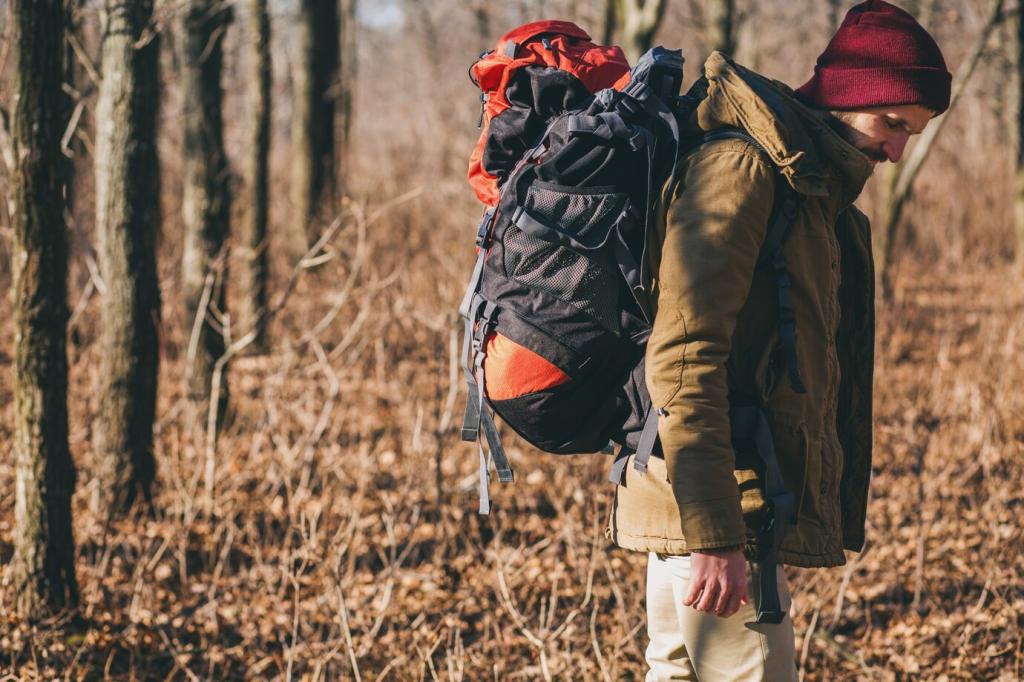
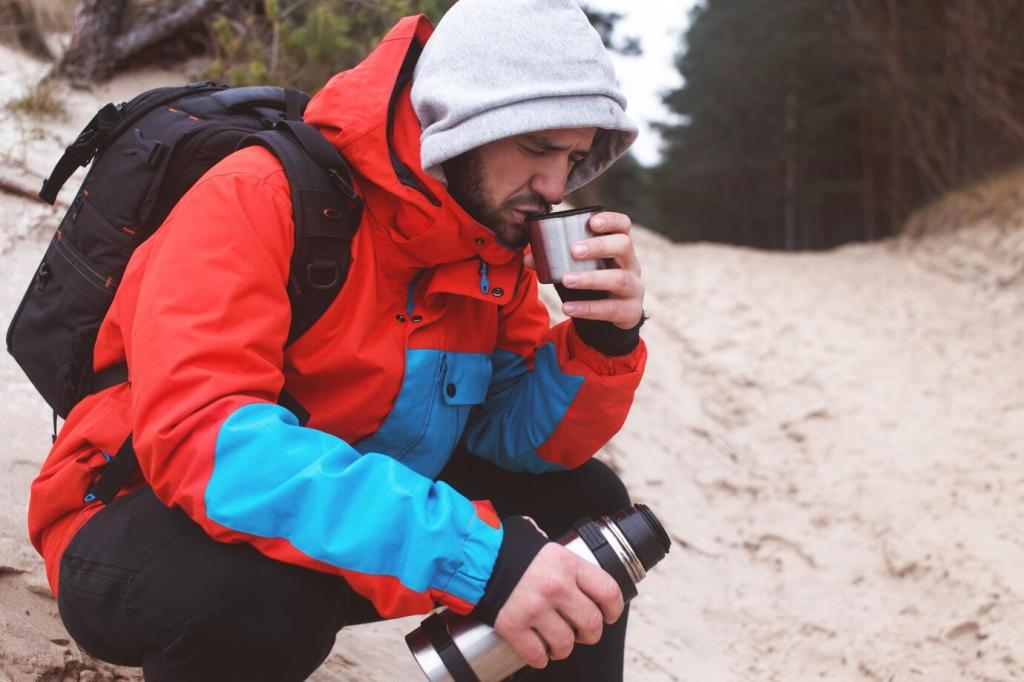
Layering Systems for Every Season
Fleece offers reliable warmth even when damp. Synthetic puffy jackets handle wet snow and mist better than down, while modern water-resistant down excels in cold, dry conditions. Pack a lightweight vest for summer summits and a full puffy for winter ridgelines. Comment with your favorite midlayer.
Footwear and Traction for Changing Trails
In warm, dry months, breathable trail runners keep feet cooler while drying fast after stream crossings. Autumn demands more protection and grip; consider supportive mids. Winter often calls for insulated boots with stiffer soles for microspikes or crampons. Fit trumps everything—break them in before big objectives.
Navigation and Communication Essentials
Map and compass mastery beats dead batteries
Practice bearings, triangulation, and handrail navigation before fog or whiteouts steal landmarks. I once regained a hidden pass by following a creek contour noted on paper when my phone froze. Keep your map in a waterproof sleeve and your compass reachable. Skills beat luck when weather turns.
Electronics that survive cold and wet
Phones lose power fast in cold. Keep them warm in an inner pocket, use airplane mode, and carry a compact power bank with short, reliable cables. A GPS watch or dedicated unit offers solid tracking, while a rugged case and dry bag add insurance. Download offline maps before leaving service.
Staying connected when mountains silence your signal
A satellite messenger or PLB can summon help when networks vanish. Establish a clear check-in schedule, share your itinerary, and set a turnaround time. Simple, consistent plans save precious minutes. Comment with your check-in ritual—your idea could improve someone’s safety plan this weekend.
Weather Protection: Sun, Wind, and Storm
UV intensifies with altitude, even on cold days. Glacier or high-coverage sunglasses prevent snow blindness, while broad-spectrum sunscreen and SPF lip balm protect exposed skin. A brimmed cap or sun hoodie handles reflective snowfields and summer glare. Reapply often, especially on sweaty climbs and windy ridges.
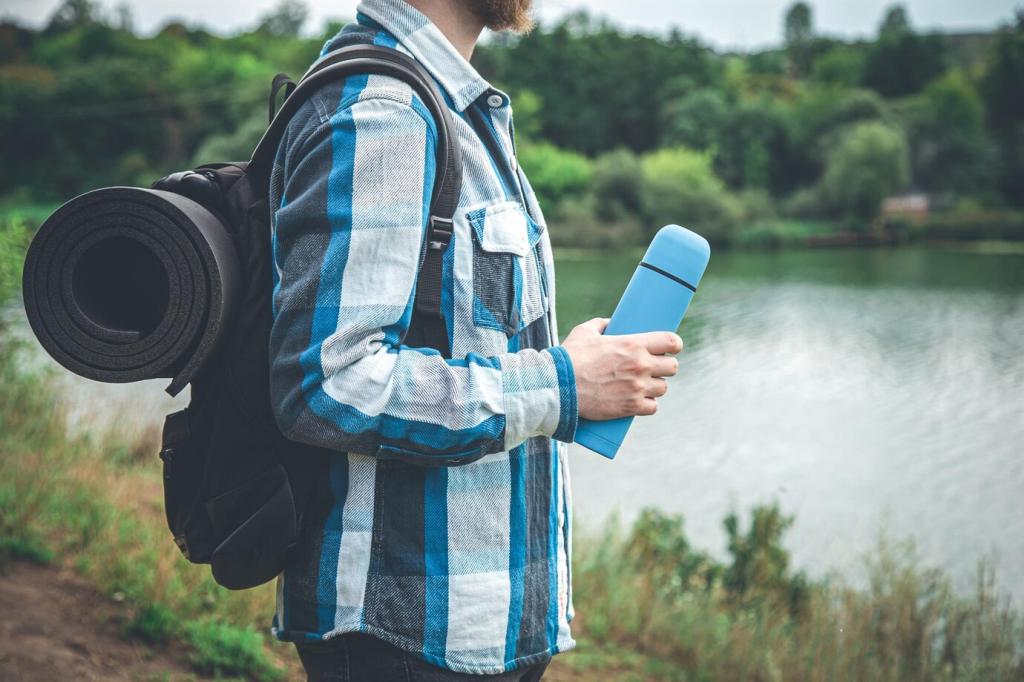
Hydration and Nutrition Strategy by Season
Water storage that won’t betray you in winter
Hydration bladders can freeze in hoses. Insulate tubes, blow back water after sips, or switch to wide-mouth bottles kept upside down in insulated covers. Carry a small thermos of something hot for morale. In summer, favor quick-access soft flasks to encourage steady sipping on steep climbs.
Safe water in every season
Filters can crack if they freeze, so keep them warm in a pocket. Chemical treatments require longer contact times in cold water. UV purifiers work fast but need charged batteries. Pre-filter silty meltwater to protect your kit. Learned this after a gritty spring creek clogged my filter mid-ascent.
Fuel that stays edible and energizing
In summer, reach for salty snacks, easy fruits, and simple carbs that won’t melt excessively. Winter rewards high-calorie, low-freeze foods like nut butters, chewy bars, and instant soups. A compact stove turns breaks into warming resets. What hot trail drink keeps your spirits high above treeline?
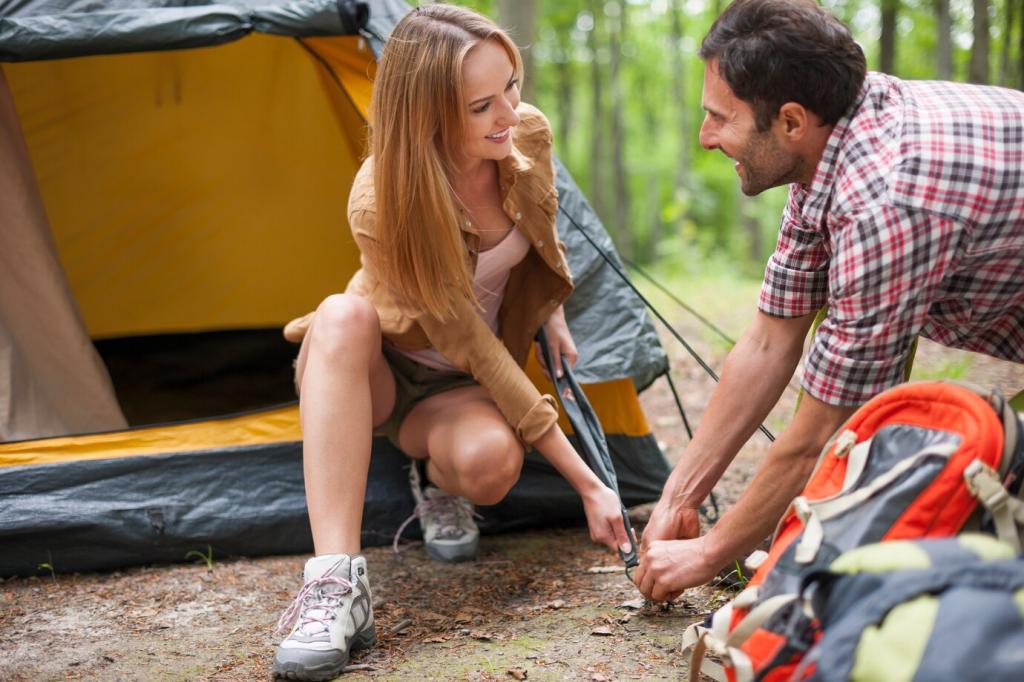
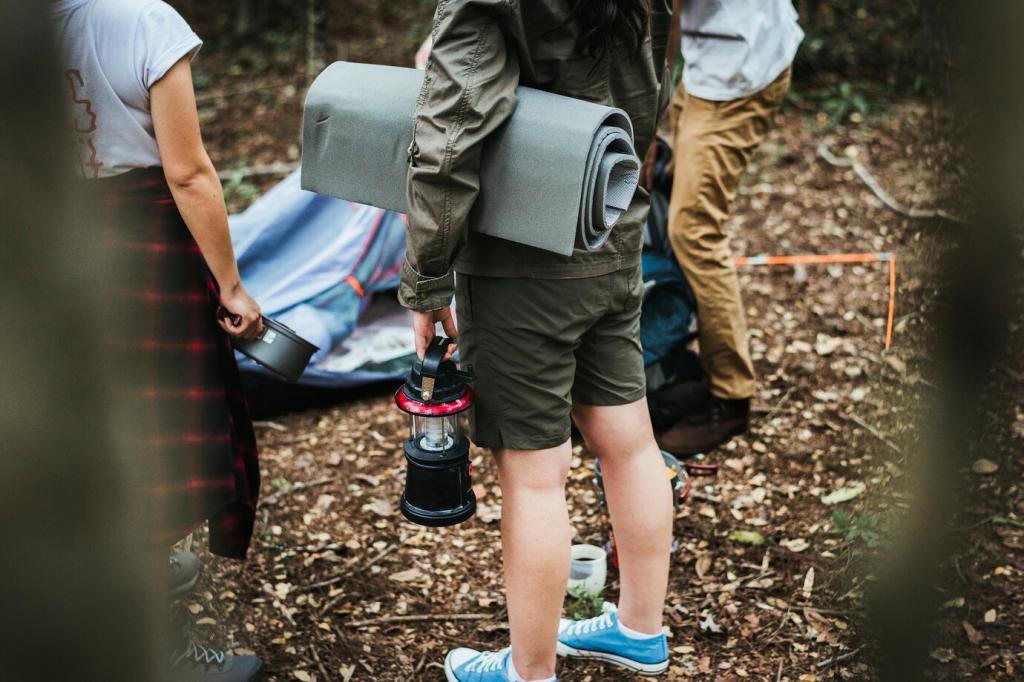
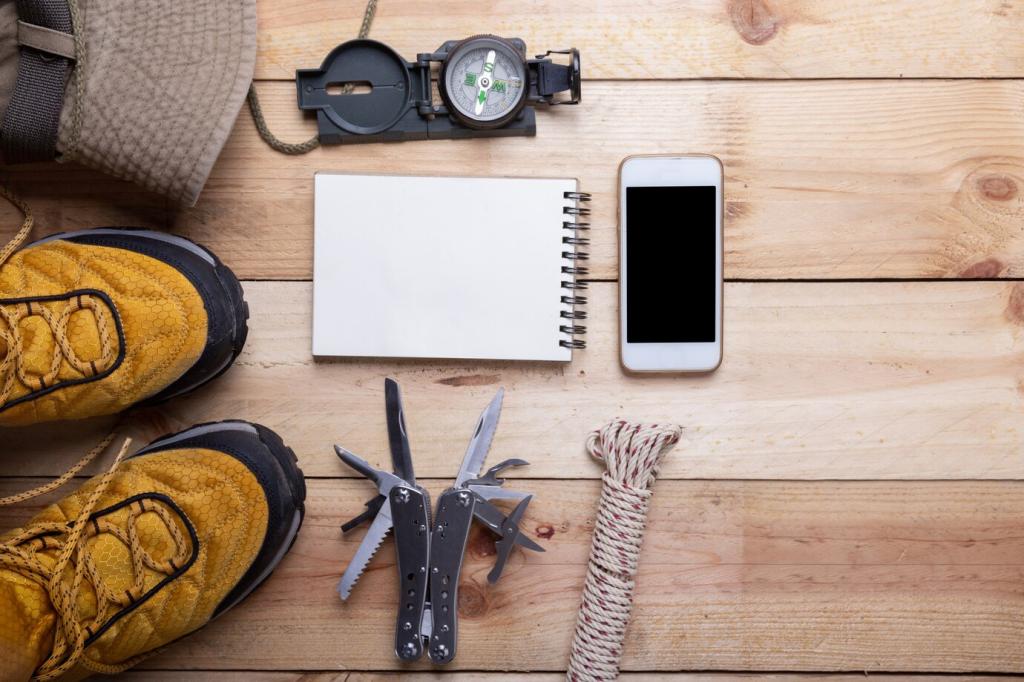
Backpack Selection and Packing Strategy by Season
Volume and frame for changing loads
Summer daypacks can be sleek, while winter layers, thermos, and safety gear call for more volume and support. Frames or stays help distribute weight, especially with traction tools. I once overstuffed a spring pack; upgrading volume made organization safer and faster. Pick capacity for the season, not the wish.
